Scientists have uncovered how stem cells in the olfactory system continually regenerate neurons responsible for our sense of smell.
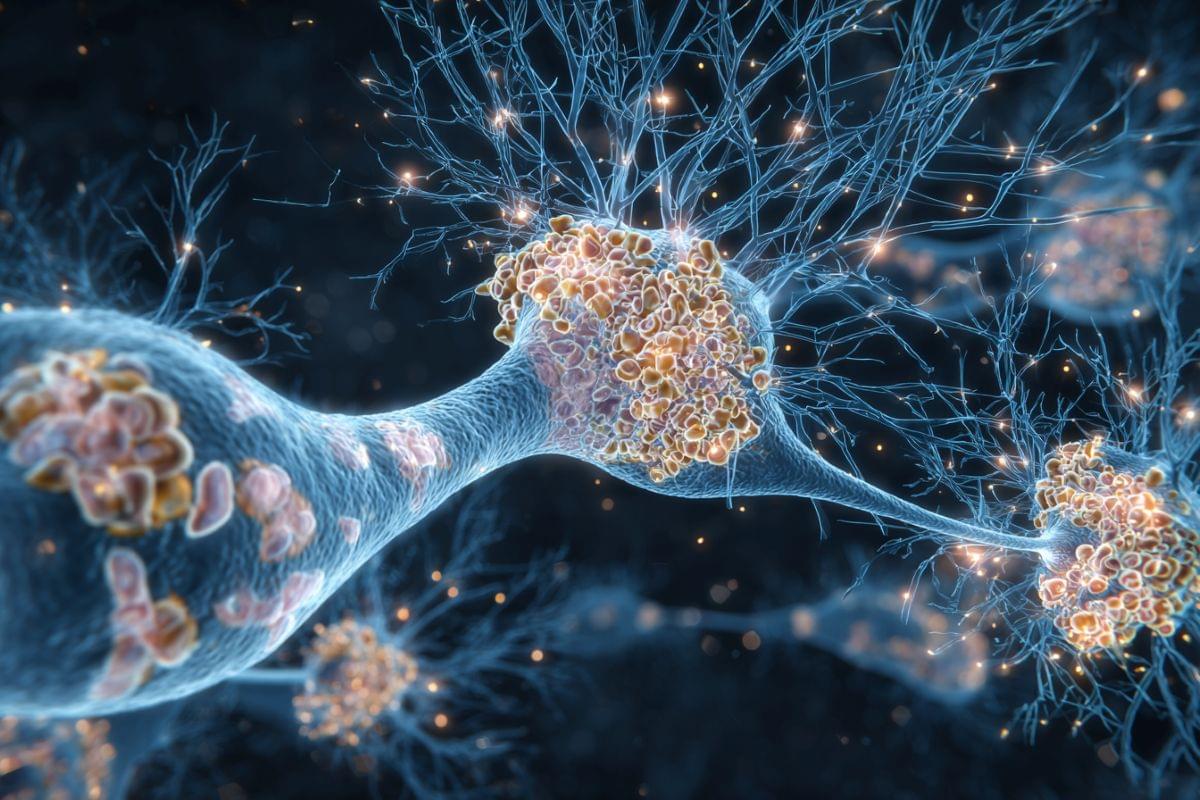



By boosting the activity of cellular ‘power stations’ in the brains of mice with a dementia-like condition, an international team of researchers has reversed pathological memory loss.
Problems with energy-producing cellular structures called mitochondria have previously been linked to neurodegenerative diseases such as Alzheimer’s. Before now, it wasn’t clear if this was a cause or a consequence of these conditions.
“This work is the first to establish a cause-and-effect link between mitochondrial dysfunction and symptoms related to neurodegenerative diseases, suggesting that impaired mitochondrial activity could be at the origin of the onset of neuronal degeneration,” says Giovanni Marsicano, a neuroscientist from the French National Institute of Health and Medical Research (INSERM).


China initiated its first multi-center clinical trial for brain-computer interface technology in neurocritical care on Sunday, marking a significant expansion of BCI applications beyond the rehabilitation of motor and cognitive functions.
The trial, launched in Tianjin, aims to explore new therapeutic approaches for severe neurological conditions.
Led by the Haihe Laboratory of Brain-Computer Interaction and Human-Machine Integration at Tianjin University and Tianjin Huanhu Hospital, the project brings together leading medical institutions from Beijing, Tianjin, Henan province, and other regions.
“This initiative will pave the way for broader medical applications, offering Chinese technologies, standards, and protocols for precise management of neurocritical conditions,” said Liu Xiuyun, deputy director of the Haihe Laboratory.
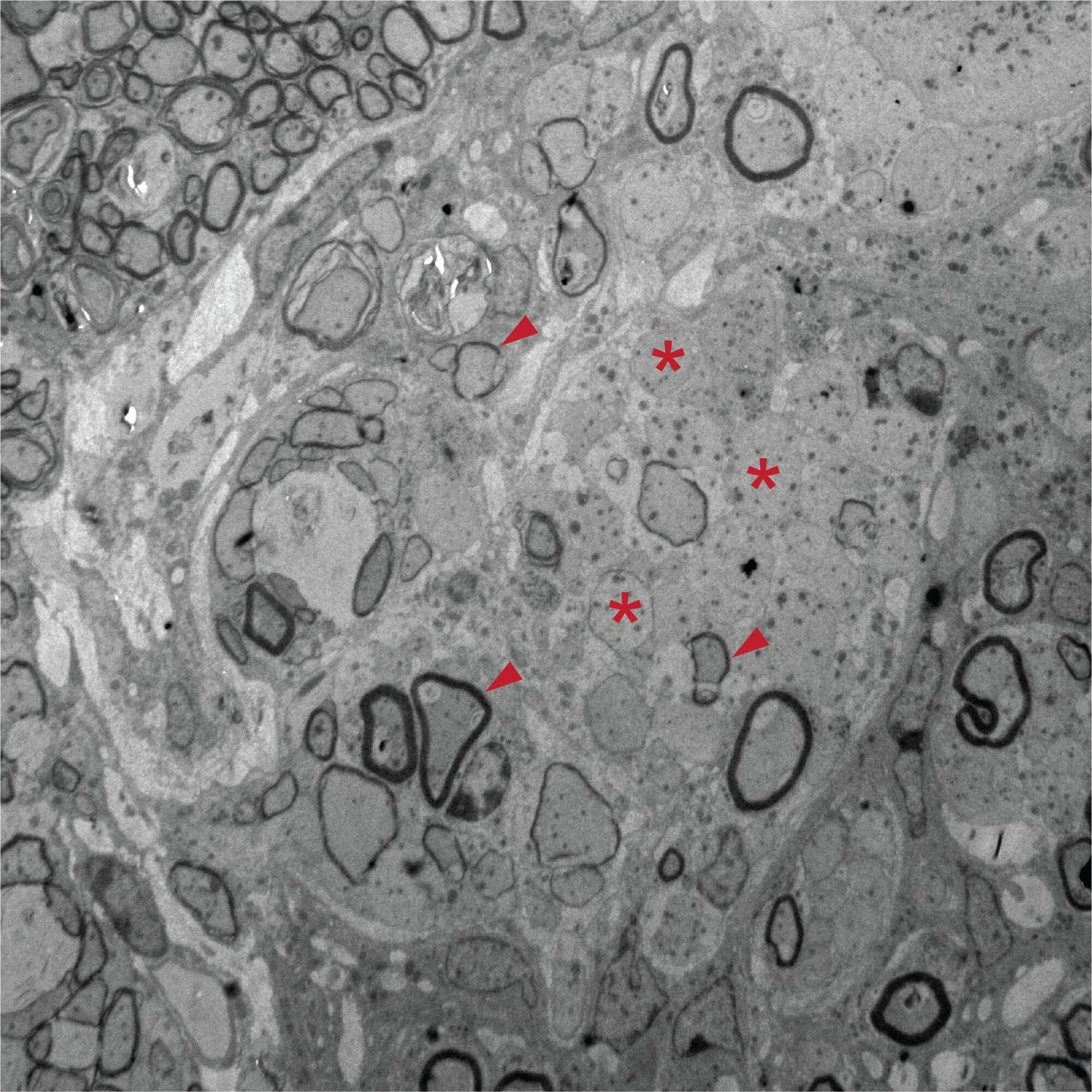
Multiple sclerosis (MS) is an autoimmune disease where the body’s immune system mistakenly attacks the central nervous system, leading to the destruction of myelin, the protective sheath surrounding nerve fibres. This damage is a leading cause of neurological disability in young adults.
In the early stages of MS, certain cells possess the capacity to partially repair this damage by generating new myelin. However, this regenerative ability reduces significantly in the later, chronic progressive stage of the disease. This decline in repair contributes to further damage to neurons and increasing disability in individuals with progressive MS.
Despite advancements in treatments, current therapies mostly focus on managing symptoms but do not halt or reverse the damage and neurodegeneration caused. This shows the critical need for a more profound understanding of how MS progresses and to explore how stem cell technologies could help MS treatment.
The study, published in the journal Brain, was spearheaded by University of Cambridge scientist Dr. Luca Peruzzotti-Jametti and offers crucial insights into the potential of neural stem cell transplantation in people with progressive MS. While neural stem cell transplants present a promising avenue for repairing the damaged central nervous system, the limits of their capacity to repair are being investigated by researchers.
(Utilizng stem cells for many innovative treatments is not a question of how, but rather when)
A study led by Cambridge researchers has shed light on how neural stem cell grafts could help restore myelin in the central nervous system. The findings suggest that neural stem cell-based therapies hold promise as a potential treatment for chronic demyelinating disorders, particularly progressive multiple sclerosis.

Remembering past events in minute detail, revisiting them methodically, and reliving past emotions—this is the peculiarity of people with an exceptional memory of their own lives, known as autobiographical hypermnesia, or hyperthymesia. This fascinating condition remains poorly understood, and each new case contributes to our understanding.
In an article in Neurocase, researchers from Paris Brain Institute and the Memory, Brain, and Cognition Laboratory describe the extraordinary mental life of a 17-year-old girl.
Autobiographical memory refers to our ability to remember experiences that have shaped our lives since childhood. It consists of emotional and sensory memories of places, moments, and people, as well as a set of factual information—such as names and dates—that allows us to orient ourselves when we try to recall an episode from the past.
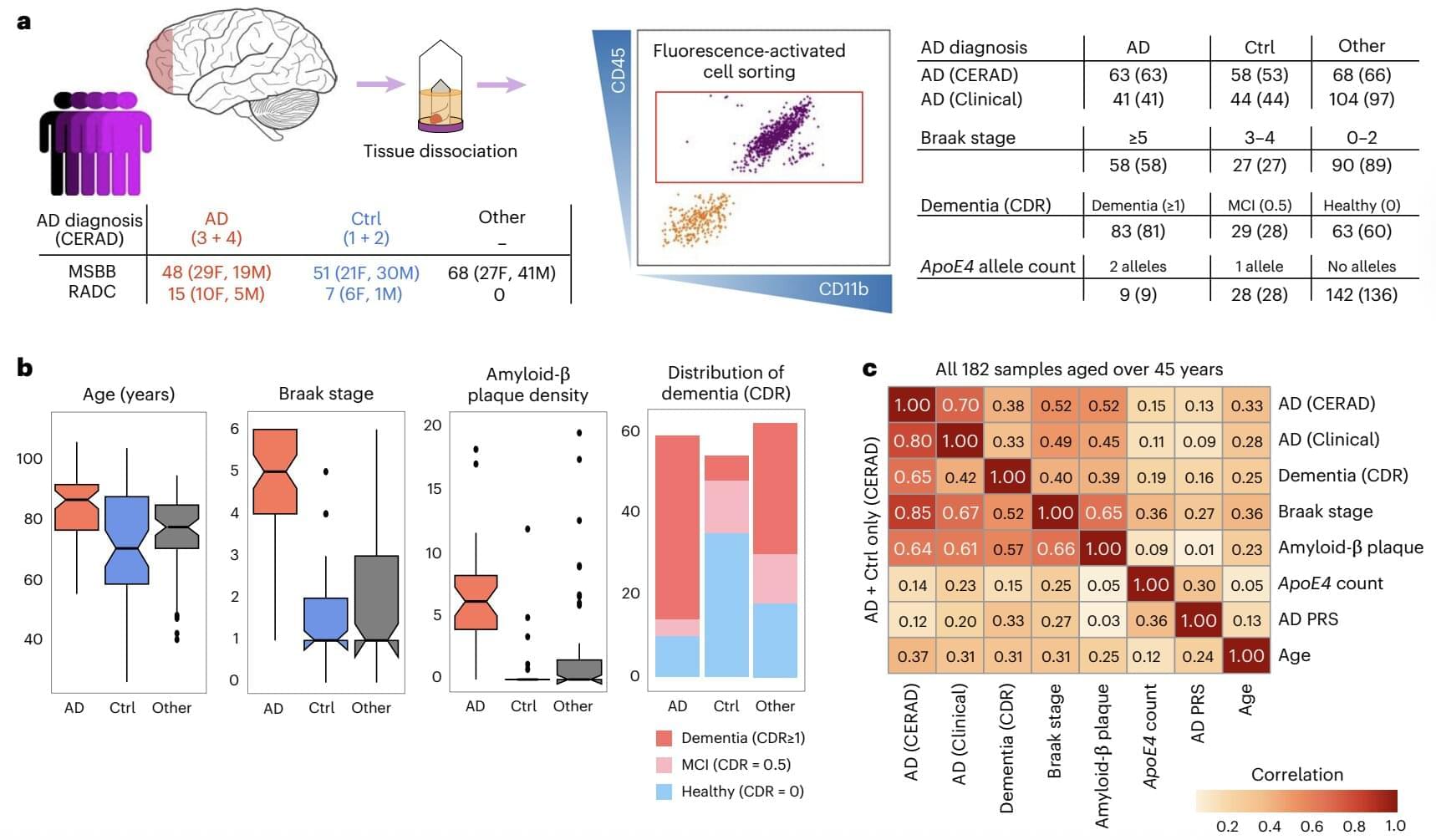
Alzheimer’s disease (AD) is a debilitating neurodegenerative disorder that causes progressive memory loss and a decline in mental (i.e., cognitive) abilities. Statistics suggest that between 500,000 and 900,000 people are diagnosed with this disease every year, while several hundreds of thousands experience dementia or other aging-related cognitive decline.
While there are some available treatments designed to delay cognitive decline in individuals with mild or moderate AD symptoms, a cure for the disease has not yet been identified. A better understanding of the neural, genetic, cellular and molecular processes that contribute to the disease’s progression, as well as to neurodegeneration in general, could thus be highly valuable, as it could inform the future development of alternative treatments.
Past neuroscience research has identified the key role of microglia in AD. These are specialized immune cells that monitor the environment in the brain, clearing out damaged cells, debris and pathogens. The dysregulation of these cells has been linked to neurodegeneration and to the progression of AD.
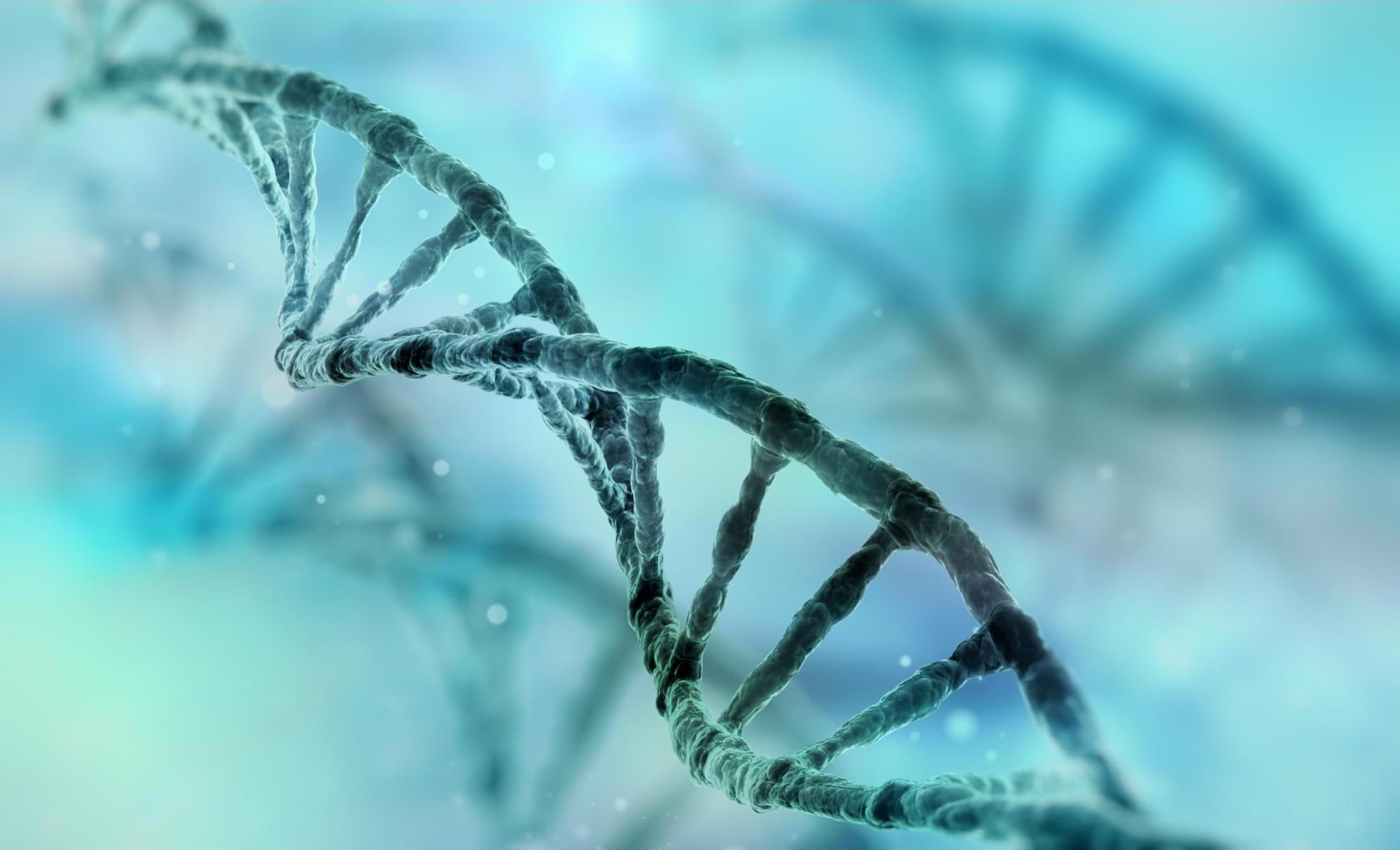
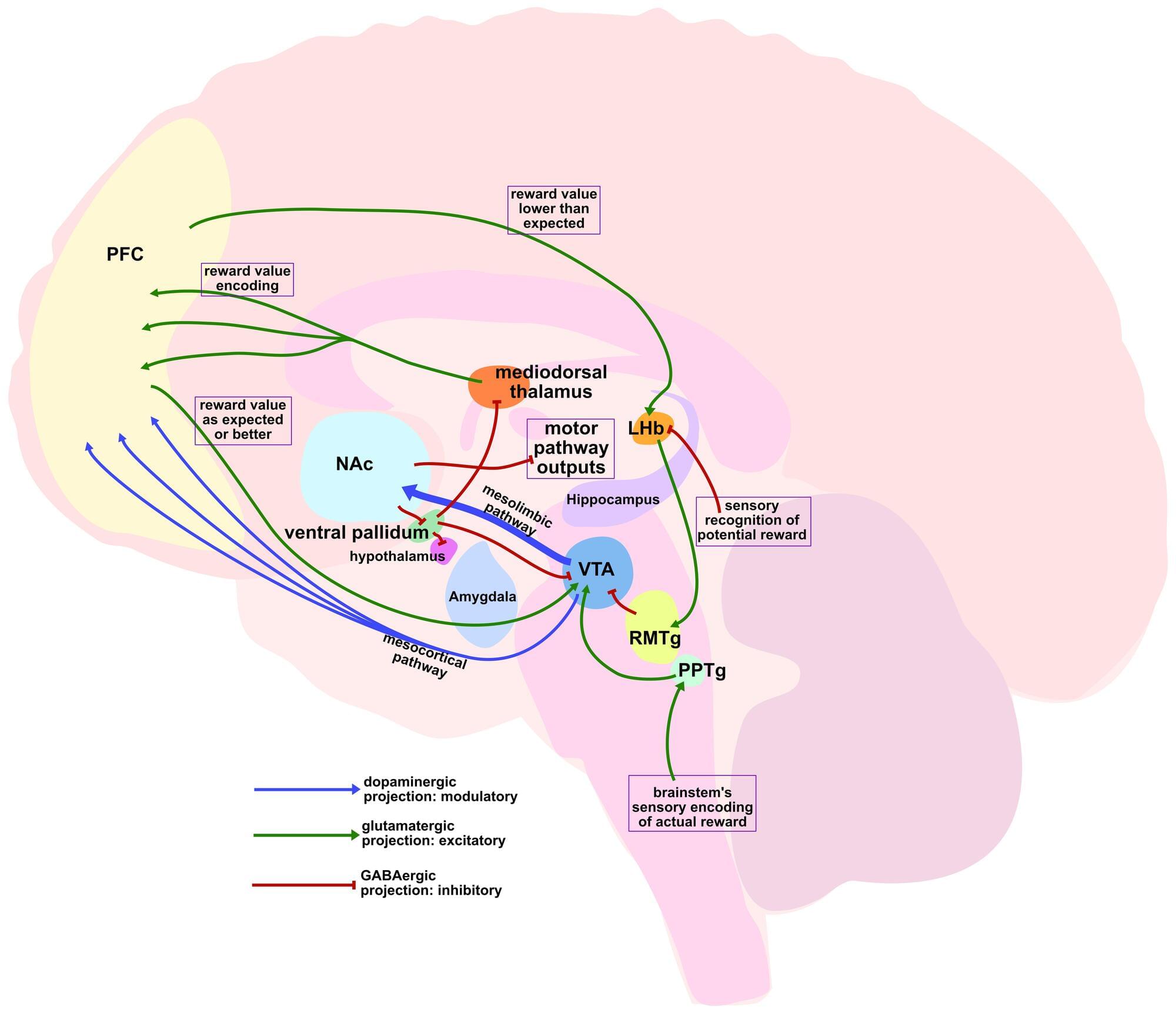
This content is also available on my website: https://logancollinsblog.com/2025/08/28/dopaminergic-neurons…epression/